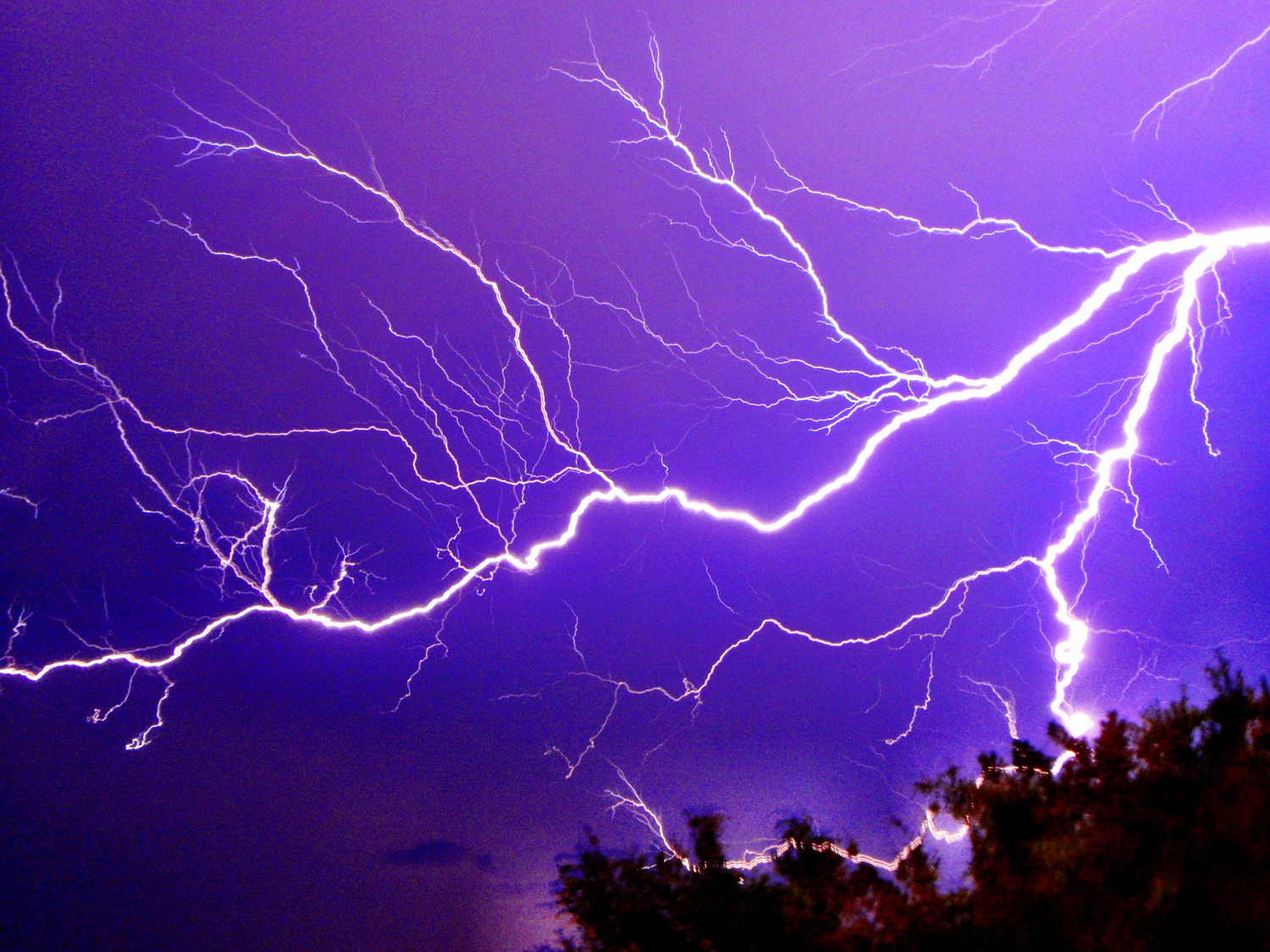The World Wide Web, USENET and the Internet are not the same thing. Some may be surprised to know that there is a difference.
The Internet (where USENET resides) and the World Wide Web have become integral parts of our lives. For some going online is the first thing you do when you wake up and the last thing you do before going to bed.
The World Wide Web is the information, in the form of websites, that is found on the Internet. But before we get into that, here’s what they are and how they work together.
The Internet’s precursor began as a U.S. military project in the 1950’s. It was called ARPAnet and eventually came online when it connected four university computers in 1969.
Sometime in 1979, two Duke graduate students, Tom Truscott and Jim Ellis, came up with a simple program to exchange messages and files between computers at Duke and UNC using telephone modems.
The “Users Network,” Usenet for short, grew into an international electronic discussion forum with more than 120,000 newsgroups dedicated to various topics, from local dining to computer programming languages. Each group had a distinctive name such as soc.history or sci.math.
Usenet also played an integral role in the growth of the popularity of the Internet. At the time, a connection to the Internet was not only expensive but required a research contract with the federal Advanced Research Projects Agency.
Many social aspects of online communication — from emoticons and slang acronyms such as LOL to flame wars — originated or were popularized on Usenet.
Although e-mail and other forms of online communication have largely supplanted Usenet, it is still in use, with tens of thousands of discussion groups.
By 1984 ARPAnet, as we knew it then, linked 1000 computers and was renamed the Internet, for interconnected network. And by 2012, the Internet had grown to 8.7 billion connected devices. While the Internet is the hardware made up of computers, servers, switches, and routers that contain data and allow it to travel, it’s also the software and communication protocols that allows different computers and networks to communicate. That makes it a “network of networks.”
The World Wide Web, on the other hand, allows users to access the information on the Internet by displaying web pages on a browser. Tim Berners-Lee created the Web in 1989, announcing it first on USENET and in 1991 the first web page went live. There are now almost 650 million websites in the world.
As you already know, to get to a website, you type in its web address or uniform resource locator – better known as a URL – into a web browser. Entering the URL sends a request to a domain name server, or DNS, to access that website’s server. Like a translator, the DNS converts the URL into an IP address. Every server and computer connected to the Internet has an IP, or Internet protocol, address. You could type an IP address into your browser, but IP addresses can change, and it’s much easier to remember an address like thundernews.com.
After the DNS tells your computer the website’s correct IP address, your computer can then directly contact the website’s server. The website’s server responds to the request and sends the information back to your computer. Your computer’s web browser converts the information into a readable form. That’s the website you see on your computer screen.
For USENET, it works a bit differently, still relying on a USENET newsgroup reader – much like how the world wide web uses a browser.
What do you think? What kind of vehicle do you prefer to drive on the Internet superhighway?




